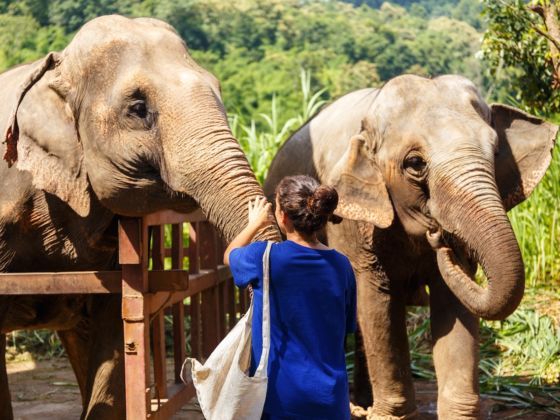LATELY, ELEPHANT-BASED TOURISM has inflamed strong opinions, and the practice of riding elephants — especially in Thailand — has come under a lot of scrutiny. Many international travelers have learned about the abusive and unethical practices in the field, and are choosing where to put their money carefully.
However, simply dismissing all elephant-based tourism as problematic ignores the fact that some countries are getting many things right. Nepal is a great example of this. The way elephants have been utilized for conservation and tourism in this country has actually had broad positive effects. Here’s a few reasons why Nepal’s circumstances for elephant tourism are different.
